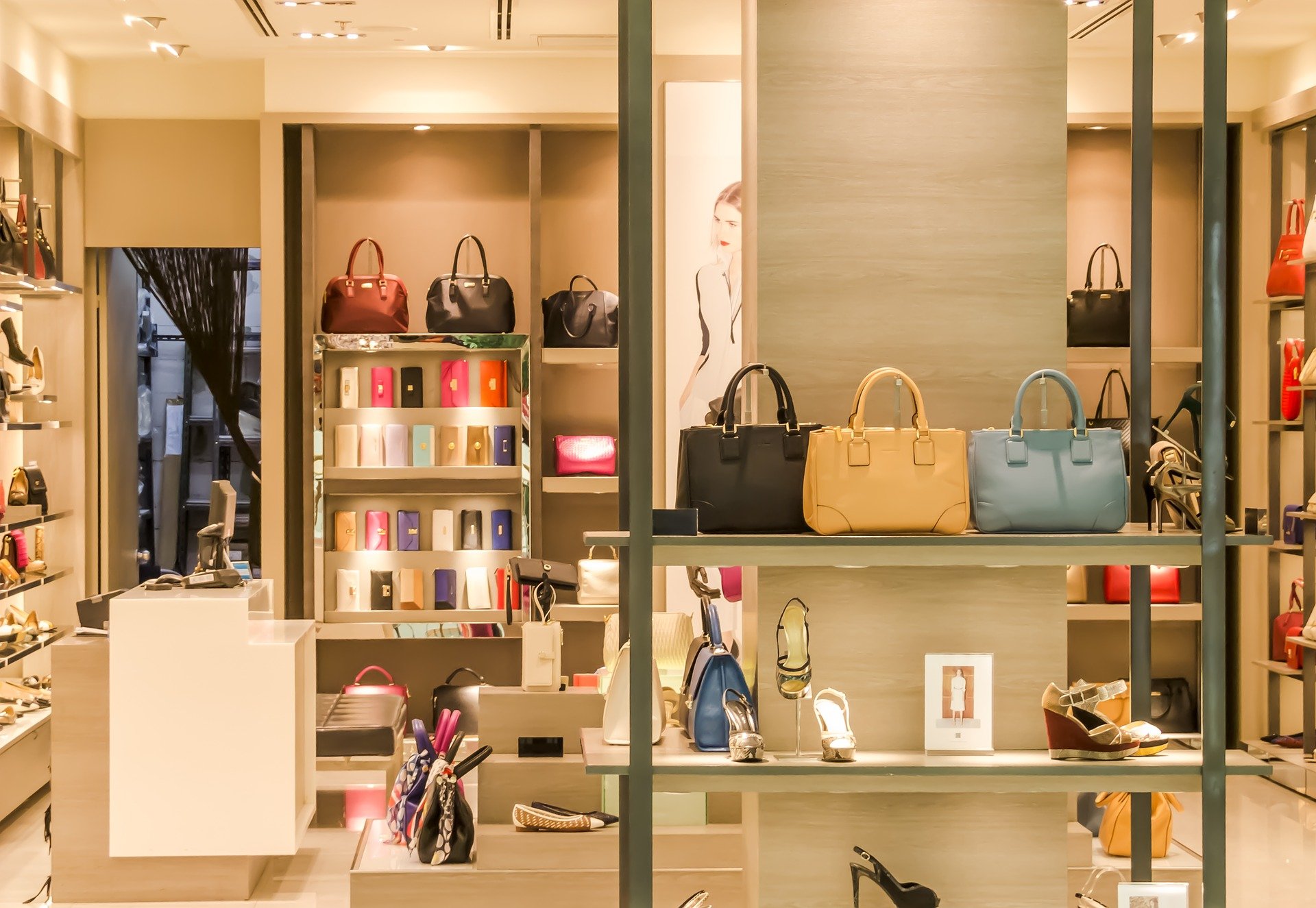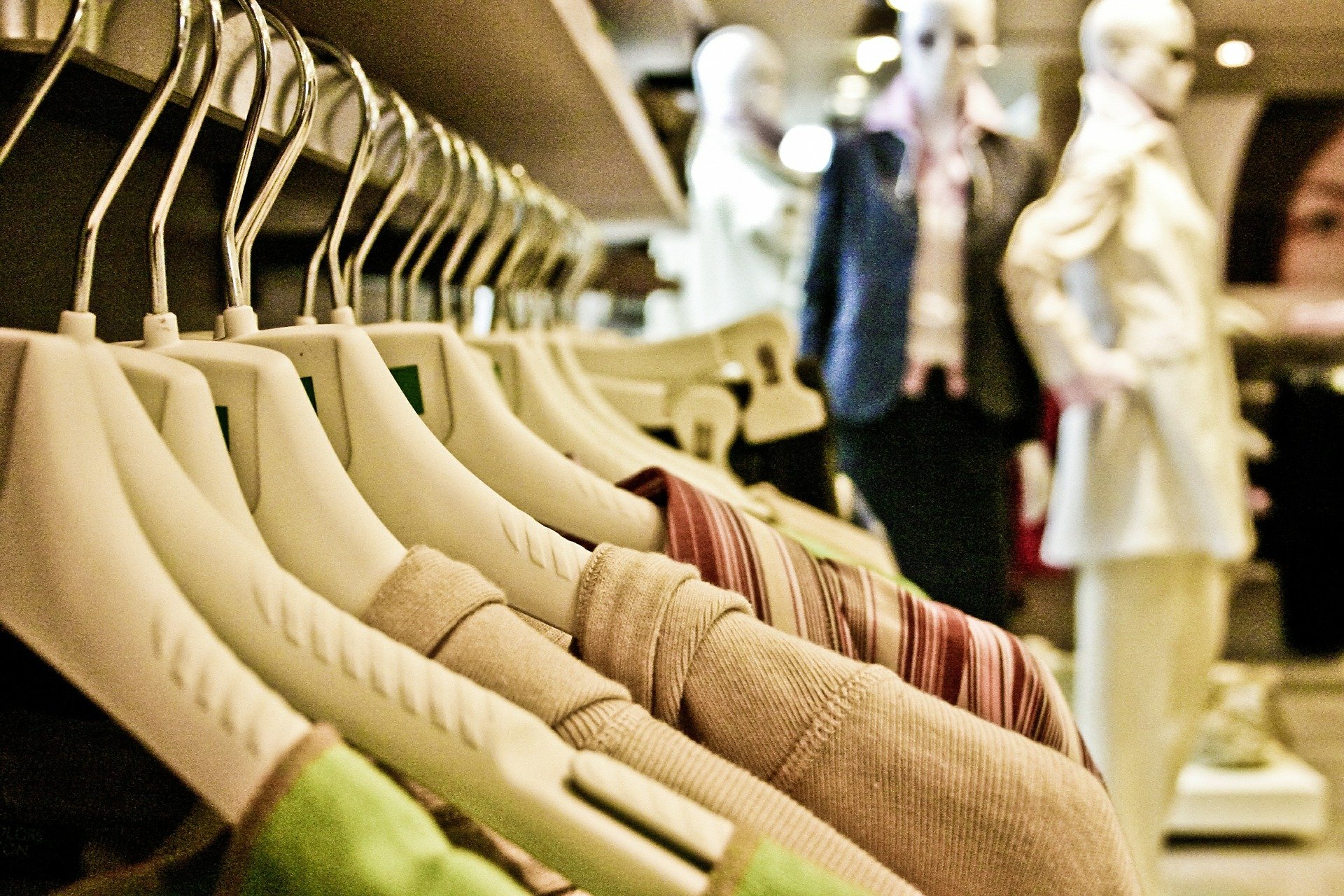For the fashion industry, the unpredictable nature of the economy means potential challenges. These need to be solved. This is a market that has grown tremendously over the years and is projected to reach a revenue of more than US$759 million in 2021, but it constantly faces instability. The area that is suffering the most, while struggling to become sustainable, is luxury fashion.
Luxury fashion items, unlike fast fashion and prêt-à-porter (ready-to-wear), are being sold in relatively low quantities. That is, first of all, because of their prices – which are not accessible to everyone – and also their practices – which are not on-trend with what consumers are looking for nowadays. Today, the majority of shoppers are looking for something practical, rather than expensive evening wear. This is good news for people’s pockets, but not necessarily for the environment.
The industry, generally surrounding ‘cheaper’ and fast fashion, has also received plenty of criticism for its lack of transparency when it comes to production lines and its approach to environmental and ethical issues.
The future of luxury
This last year has proven to be continually difficult for the luxury sector, as leftover stock more than doubled for many big names. This means that items from Alexander McQueen ballet flats to Alberta Ferretti dresses will likely have to be sold at lower prices. This is great news for shoppers, as it means their money can go a bit further when delving into the luxurious world of high-fashion. The higher prices are usually justified by the exclusivity of the garments; an exclusivity that comes from high-quality materials, designs, and labor. Those are rare finds in the worlds of fast fashion and prêt-à-porter.
However, as time goes by, prices continue to fluctuate. Influential brands usually look past the nature of finance in such a volatile market, as these big names tend to rely on their loyal customers, which is something that, realistically, needs to change with the changing times. To become more sustainable, luxury fashion brands are beginning to find new ways to be accessible to their consumers which, today, consist of mainly Generation Z and Millennials.
Compared to other generations, Gen Z is decidedly much more culturally aware of the ethical and environmental issues involving the industry. They keep these issues in mind when they shop and want their shopping habits to be sustainable. This is one of the reasons younger people seem to stay away from fast fashion and items that are considered ‘disposable’. That attitude is serving to boost the high fashion sector, as companies are beginning to adapt to the wants and needs of this new demographic.
Finding a balance
One of the biggest challenges that the luxury fashion sector faces, is the high-cost materials, such as leather and silk, which reflect on the prices of garments and, inherently, sales. These materials are still heavily used, despite their controversial reputation in Vegan circles, for example. Because of this, new, innovative materials are constantly coming to the fore in a market that is becoming more aware of where exactly its leather handbags are coming from. There are, also, designers that have proven that luxury garments aren’t defined by materials. Stella McCartney and Maison Margiela, for example, have created runway statements with the use of recycled and vegan fabrics and textiles.
On top of the need to adopt biodegradable materials, the fashion industry as a whole is also beginning to address the issue of burning excess inventory. Many luxury brands, for example, use this practice to maintain their high prices, even though it is a waste with major repercussions for the environment. This is countered by sales, as mentioned beforehand, and the fact that brands are creating less ready-wear, mass-produced pieces.
Billions of people are developing a new ethos when it comes to the purchases they make. The easy access to ethical information means the general public is now more aware than ever of the environmental and social issues involving the fashion industry. It is a positive sign that luxury fashion brands, in particular, are beginning to craft solutions to these problems and make the right changes, in order to create a sustainable future.


Leave a Reply